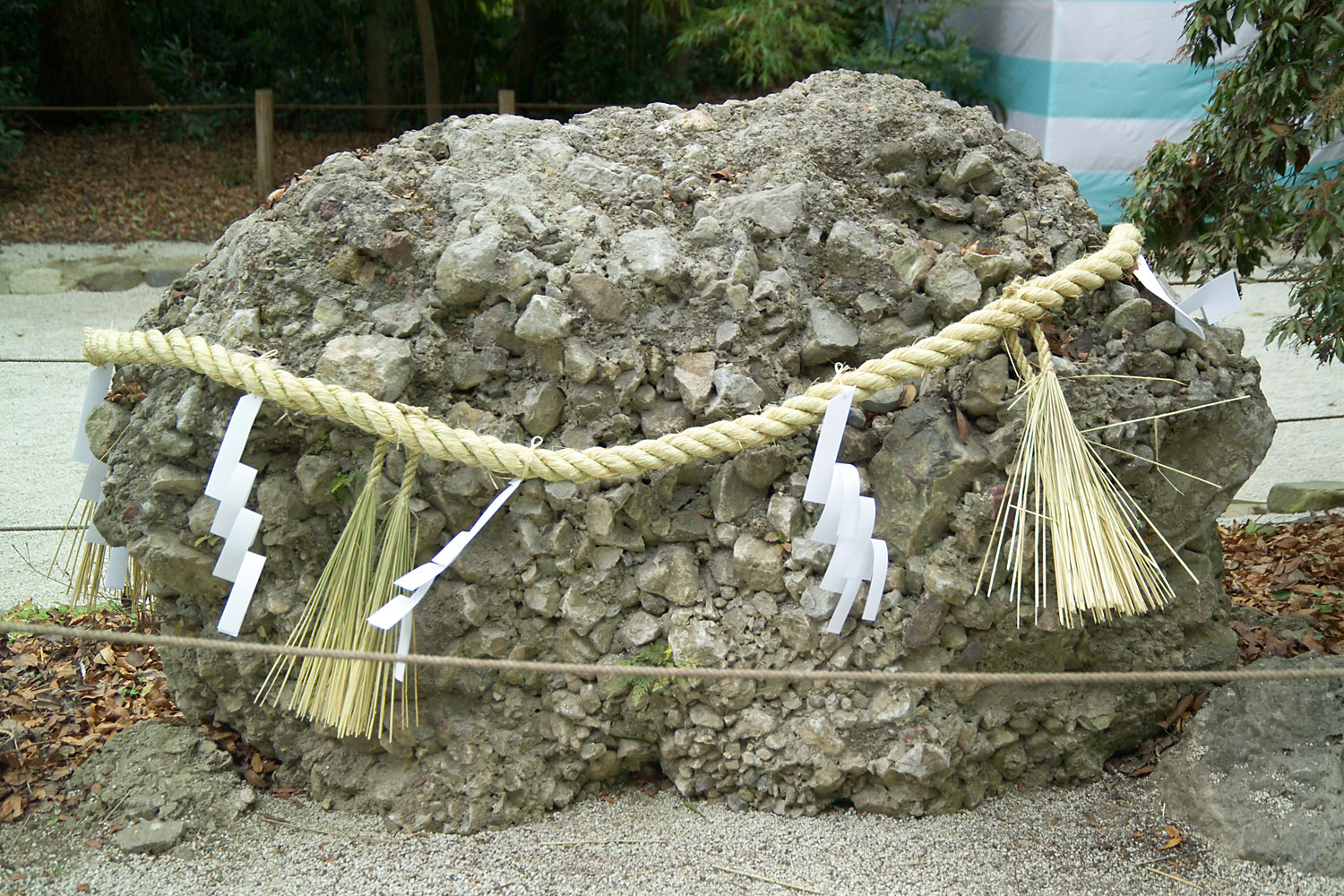|
Gushikawa Chōei
, also known by and his Chinese style name , was a member of the royal family of the Ryukyu Kingdom who served as ''sessei'', a post often translated as "prime minister", from 1654 to 1666. Gushikawa Chōei was the seventh son of Kin Chōkō and Shuriōkimi Aji-ganashi. He was also a half-brother of King Shō Hō. After Shō Shitsu succeeded the throne, he led Ryukyuan missions to Edo, a mission Edo in 1649. Gushikawa Chōei was also the author of ''Ishinagu nu uta'', a ''ryūka'' poem/song known for its striking thematic similarity to Kimigayo, the national anthem of Japan.渡久地政宰『日本文学から見た琉歌概論』(武蔵野書院、1972年)、pp. 299-300石川盛亀『初心者のための琉歌入門』(ニライ社、1998年)、pp. 168-169 References 1610 births Year of death unknown Princes of Ryūkyū 17th-century Ryukyuan people Sessei {{Asia-hist-stub ... [...More Info...] [...Related Items...] OR: [Wikipedia] [Google] [Baidu] |
Sessei
was the highest government post of the Ryūkyū Kingdom below the king; the ''sessei'' served the function of royal or national advisor. In the Ryukyuan languages, Ryukyuan language at the time, the pronunciation was closer to ''shisshii'', and has only changed relatively recently. Though the same Chinese characters which compose the Okinawan language, modern Okinawan word ''sessei'' are read as ''sesshō'' in Japanese language, Japanese, the position is not quite the same, and the Ryukyuan post is not derived from the Japanese model or system. The ''sessei'' worked alongside the king and the ''Sanshikan'' (Council of Three) to draft and enact laws, though the king gradually became more and more of a figurehead over the course of the period when Ryūkyū was a subsidiary of the Japanese han (country subdivision), feudal domain of Satsuma Domain, Satsuma (1609–1870s). Like most Ryukyuan government officials at the time, most ''sessei'' were appointed from the elite class of ''yuk ... [...More Info...] [...Related Items...] OR: [Wikipedia] [Google] [Baidu] |
Princes Of Ryūkyū
A prince is a male ruler (ranked below a king, grand prince, and grand duke) or a male member of a monarch's or former monarch's family. ''Prince'' is also a title of nobility (often highest), often hereditary, in some European states. The female equivalent is a princess. The English word derives, via the French word ''prince'', from the Latin noun , from (first) and (head), meaning "the first, foremost, the chief, most distinguished, noble ruler, prince". In a related sense, now not commonly used, all more or less sovereign rulers over a state, including kings, were "princes" in the language of international politics. They normally had another title, for example king or duke. Many of these were Princes of the Holy Roman Empire. Historical background The Latin word (older Latin *prīsmo-kaps, ), became the usual title of the informal leader of the Roman senate some centuries before the transition to empire, the ''princeps senatus''. Emperor Augustus established the forma ... [...More Info...] [...Related Items...] OR: [Wikipedia] [Google] [Baidu] |
Year Of Death Unknown
A year is a unit of time based on how long it takes the Earth to orbit the Sun. In scientific use, the tropical year (approximately 365 solar days, 5 hours, 48 minutes, 45 seconds) and the sidereal year (about 20 minutes longer) are more exact. The modern calendar year, as reckoned according to the Gregorian calendar, approximates the tropical year by using a system of leap years. The term 'year' is also used to indicate other periods of roughly similar duration, such as the lunar year (a roughly 354-day cycle of twelve of the Moon's phasessee lunar calendar), as well as periods loosely associated with the calendar or astronomical year, such as the seasonal year, the fiscal year, the academic year, etc. Due to the Earth's axial tilt, the course of a year sees the passing of the seasons, marked by changes in weather, the hours of daylight, and, consequently, vegetation and soil fertility. In temperate and subpolar regions around the planet, four seasons ar ... [...More Info...] [...Related Items...] OR: [Wikipedia] [Google] [Baidu] |
1610 Births
Some have suggested that 1610 may mark the beginning of the Anthropocene, or the 'Age of Man', marking a fundamental change in the relationship between humans and the Earth system, but earlier starting dates (ca. 1000 C.E.) have received broader consensus, based on high resolution pollution records that show the massive impact of human activity on the atmosphere. Events January–March * January 6 – ''Nossa Senhora da Graça'' incident: A Portuguese carrack sinks near Nagasaki, after fighting Japanese samurai for four nights. * January 7 – Galileo Galilei first observes the four Galilean moons of Jupiter: Ganymede, Callisto, Europa and Io, but is unable to distinguish the latter two until the following day. * February 24 – English courtier Thomas Roe sets out on an expedition to The Guianas and Amazon River. * March 13 – Galileo Galilei's treatise on astronomy, ''Sidereus Nuncius'', the first printed scientific record of observations thro ... [...More Info...] [...Related Items...] OR: [Wikipedia] [Google] [Baidu] |
Sessei
was the highest government post of the Ryūkyū Kingdom below the king; the ''sessei'' served the function of royal or national advisor. In the Ryukyuan languages, Ryukyuan language at the time, the pronunciation was closer to ''shisshii'', and has only changed relatively recently. Though the same Chinese characters which compose the Okinawan language, modern Okinawan word ''sessei'' are read as ''sesshō'' in Japanese language, Japanese, the position is not quite the same, and the Ryukyuan post is not derived from the Japanese model or system. The ''sessei'' worked alongside the king and the ''Sanshikan'' (Council of Three) to draft and enact laws, though the king gradually became more and more of a figurehead over the course of the period when Ryūkyū was a subsidiary of the Japanese han (country subdivision), feudal domain of Satsuma Domain, Satsuma (1609–1870s). Like most Ryukyuan government officials at the time, most ''sessei'' were appointed from the elite class of ''yuk ... [...More Info...] [...Related Items...] OR: [Wikipedia] [Google] [Baidu] |
1972年
Year 197 ( CXCVII) was a common year starting on Saturday of the Julian calendar. At the time, it was known as the Year of the Consulship of Magius and Rufinus (or, less frequently, year 950 ''Ab urbe condita''). The denomination 197 for this year has been used since the early medieval period, when the Anno Domini calendar era became the prevalent method in Europe for naming years. Events By place Roman Empire * February 19 – Battle of Lugdunum: Emperor Septimius Severus defeats the self-proclaimed emperor Clodius Albinus at Lugdunum (modern Lyon). Albinus commits suicide; legionaries sack the town. * Septimius Severus returns to Rome and has about 30 of Albinus's supporters in the Senate executed. After his victory he declares himself the adopted son of the late Marcus Aurelius. * Septimius Severus forms new naval units, manning all the triremes in Italy with heavily armed troops for war in the East. His soldiers embark on an artificial canal between the Tigris a ... [...More Info...] [...Related Items...] OR: [Wikipedia] [Google] [Baidu] |
Kimigayo
is the national anthem of Japan. The lyrics are from a ' poem written by an unnamed author in the Heian period (794–1185), and the current melody was chosen in 1880, replacing an unpopular melody composed by John William Fenton in 1869. While the title "Kimigayo" is usually translated as "His Imperial Majesty's Reign,” no official translation of the title or lyrics have been established in law. From 1888 to 1945, ''Kimigayo'' served as the national anthem of the Empire of Japan. When the Empire accepted the Potsdam Declaration and came under Occupation of Japan, Allied occupation, Hirohito, Emperor Shōwa retained the throne, and ''Kimigayo'' remained the de facto national anthem to preserve the Emperor of Japan, Japanese monarchy. The passage of the Act on the National Flag and Anthem in 1999 officially recognized it as both the national and imperial anthem. Etymology "''Kimi''" has been used to indicate the Emperor of Japan or one's lord (i.e., master) since at leas ... [...More Info...] [...Related Items...] OR: [Wikipedia] [Google] [Baidu] |


